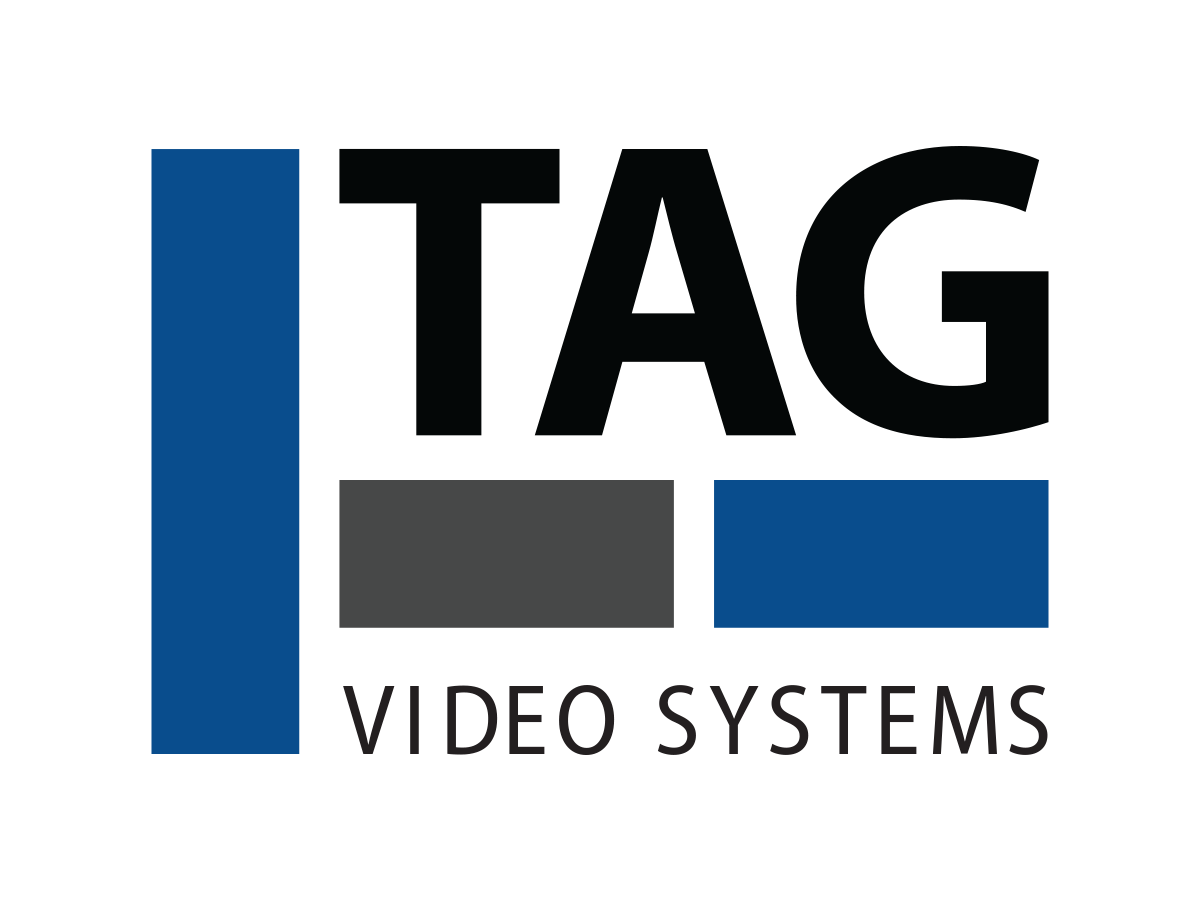TAG Adds Support for NDI 5, SRT
With minimal latency, SRT can assure transport of signals across networks with no loss of quality

TEL AVIV, Israel—TAG Video Systems has added support for the Network Device Interface (NDI) 5 and Secure, Reliable Transport (SRT) protocols, the company said today.
NDI is a real-time, low latency IP video network technology that enables TAG customers to build IP-based video networks and realize many of the benefits of uncompressed video IP networks without the associated complications, expense and performance requirements, the company said
With support for NDI 5, the latest version of NDI, TAG customers can automatically discover and connect to a wide range of NDI sources from cameras and switchers to PCs, phones, tablets and video conferencing applications, such as Skype, it said.
Using NDI, TAG customers can capture the output from PCs making it simple to add websites, PC UIs and video conference participants as tiles on a TAG mosaic. TAG also enables NDI as an output format, providing an inexpensive, low-latency and high-quality connection to display devices, it said.
SRT is an open-source transport protocol originally developed by Haivision that allows for robust transmission of high-quality, high-bandwidth video signals over public internet, unmanaged networks and WANs and similar networks with unpredictable performance without loss or impairments, the company said.
With minimal latency, SRT can assure transport of signals across these networks with no loss of quality while also providing encryption to protect content during transit. With support for SRT, TAG customers can acquire signals from distant sources and transmit multiviewer mosaics to distant viewers, even at-home remote workers with SRT plugins for desktop monitoring, it said.
More information is available on the company’s website.
Get the TV Tech Newsletter
The professional video industry's #1 source for news, trends and product and tech information. Sign up below.
Phil Kurz is a contributing editor to TV Tech. He has written about TV and video technology for more than 30 years and served as editor of three leading industry magazines. He earned a Bachelor of Journalism and a Master’s Degree in Journalism from the University of Missouri-Columbia School of Journalism.

